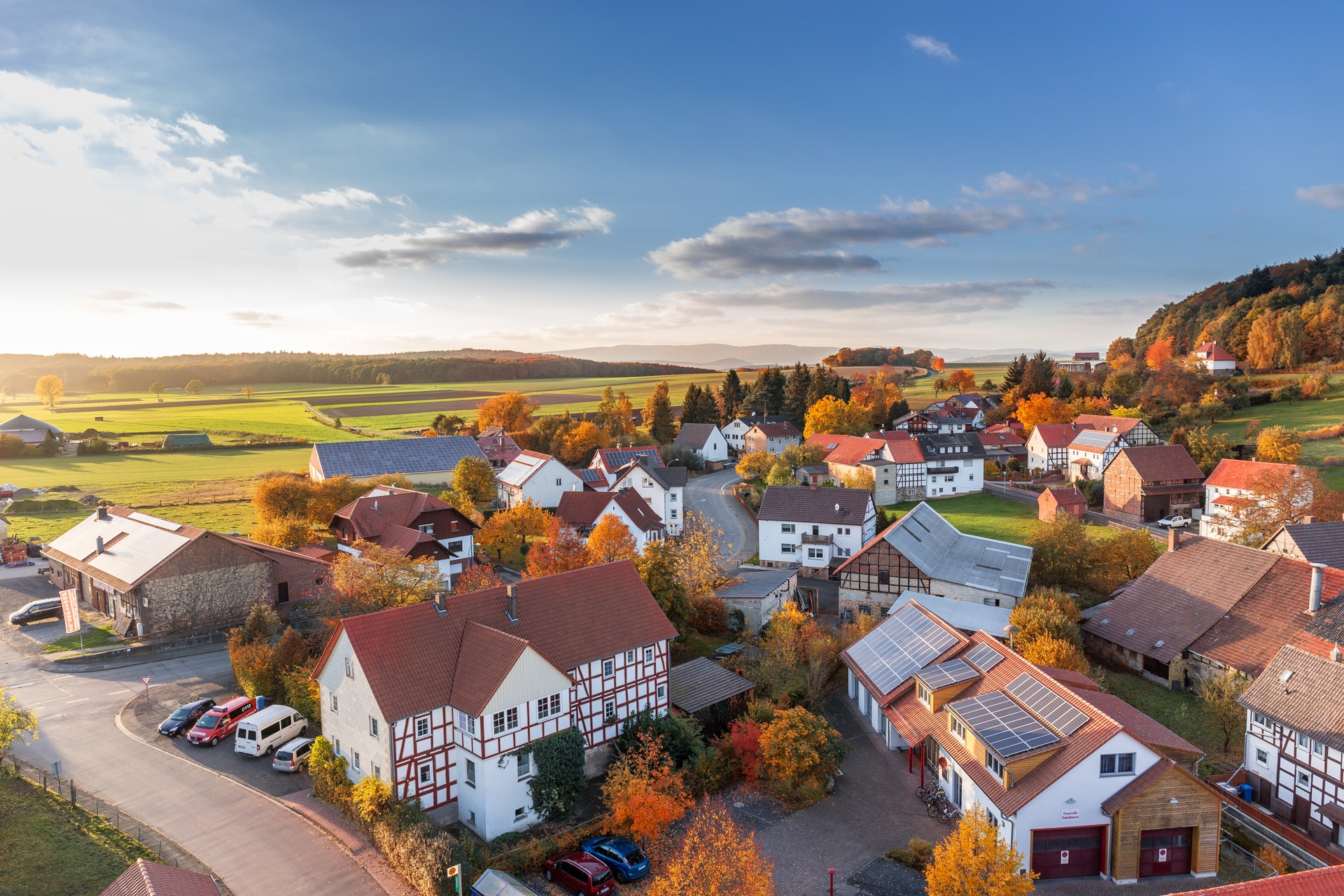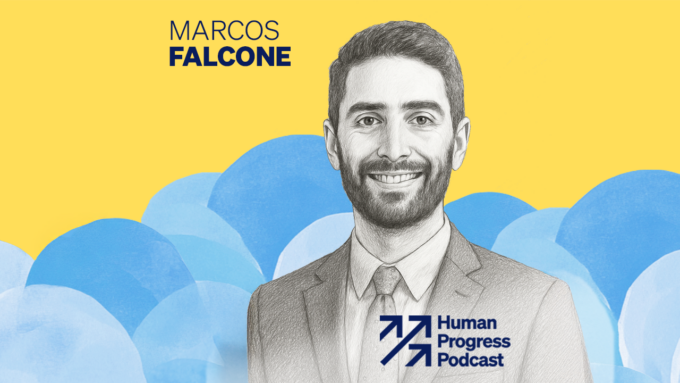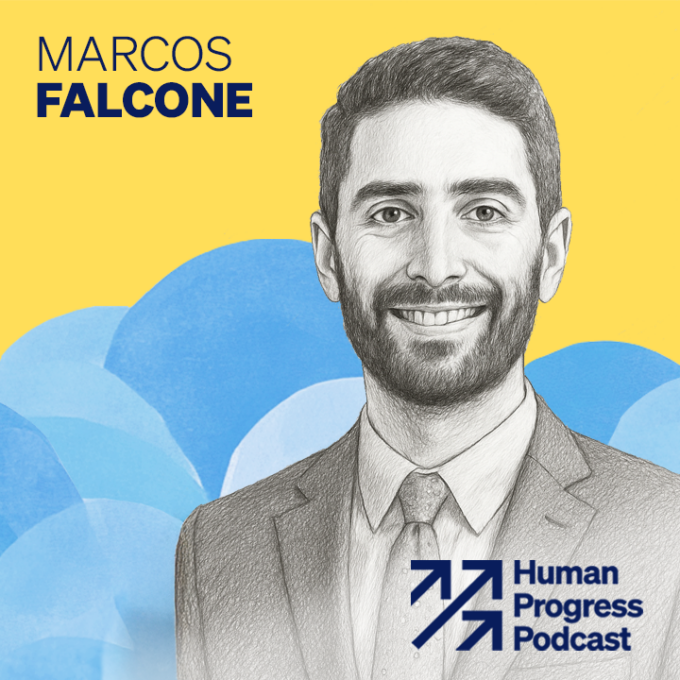We’ve all heard it said that the “rich are getting richer” while the middle class suffers. Political figures on both the right and left frequently speak about the need to “bring back” or “restore” the “disappearing” middle class. Pew Research Center just put out a report that calls those ideas into question, according to a recent Washington Post opinion piece.
The report shows that from 1971 to 2014, middle-income households (meaning three-person households making from $41,869 to $125,608 annually in inflation-adjusted dollars) decreased from 61 to 50 percent of U.S. households. Why the 11 percentage point difference?
Seven of those 11 percentage points can be explained by households moving into a higher income bracket. High-income households grew from 14 percent to 21 percent of all households during the same period.
The Pew report also stated that all income groups have typically made double-digit pre-tax income gains since the 1970s:
“Middle-income household income increased by 13% in the 1970s, 11% in the 1980s, and 12% in the 1990s. Lower-income households had gains of 13% in the 1970s, 8% in the 1980s and 15% in the 1990s. Upper-income households registered a 10% gain in the 1970s [and] 18% in both the 1980s and 1990s.”
Then the Great Recession struck in the late 2000s. But even the Great Recession only removed 6 percentage points from the gains made by the middle class. In 2000, an average middle-income household earned 40 percent more than in 1970. In 2014, an average middle-income household earned 34 percent more than in 1970.
The Washington Post piece opines that “We’ve mistaken what is plausibly a one-time setback—the response to the Great Recession—for long-term stagnation. People have understandably but wrongly taken their recent experience and projected it onto the past.” We cannot predict the future, but it certainly seems as though the middle class has fared better than many people believe.





